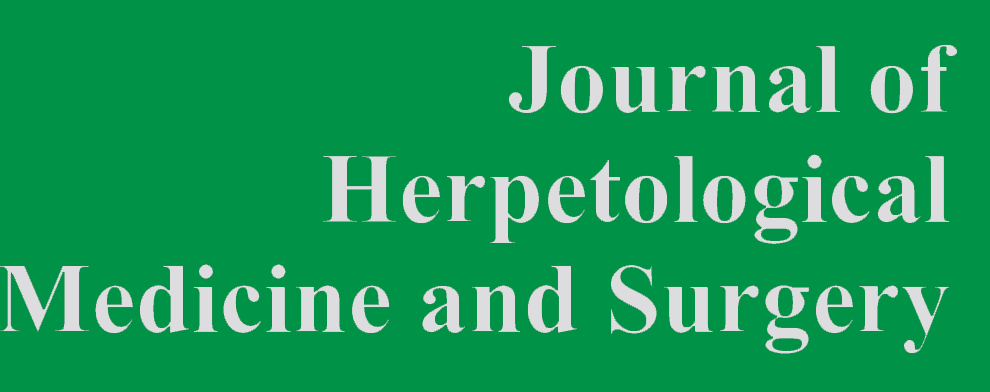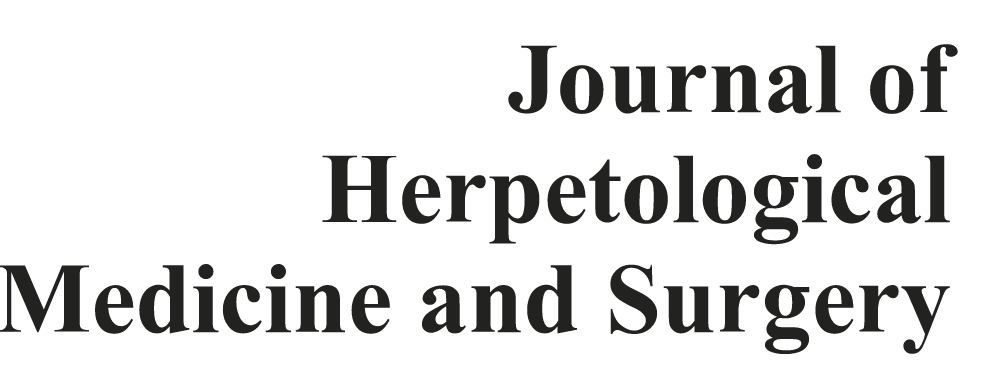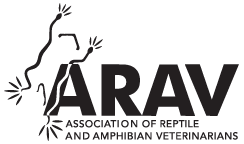Internal and External Parasitic Infections of Pet Reptiles in Italy
Abstract
In captive reptiles, parasites may represent a serious health and management problem for both the reptiles and their human caretakers (zoonotic parasites). In the present study, the prevalence of ecto- and endoparasitic infections and the clinical signs associated with these parasites were determined in pet reptiles living in Italy. To accomplish these aims, fecal samples collected from 120 captive reptiles representing 27 different species, including 63 household pet and 57 pet store reptiles, were analyzed macroscopically and microscopically for the isolation and identification of endoparasites. In addition, the reptiles, along with their terrariums and water containers, were also examined for ectoparasitic arthropods. Recovered arthropods were preserved in 80% ethanol and evaluated microscopically. Overall, 72.5% of the examined reptiles were found to be positive for parasites, with prevalence rates of 45% and of 27.5% for endo- and ectoparasites, respectively. Pet shop animals were more likely to be infected with endoparasites, whereas ectoparasites were more prevalent in household animals. Isolated endoparasites included protozoans (Entamoeba sp., Balantidium sp., Isospora jaracimrmani, and Caryospora corallae) and nematodes (ascarids, pinworms, and strongylid nematodes), while ectoparasites included mites (Ophionyssus natricis, Hirstiella stamii, and Hirstiella diolii) and a species of tick (Amblyomma latum). This study is the first report of H. stamii, H. diolii, and A. latum in Italy. Results of this study confirm that pathogenic and potentially zoonotic parasites are common among pet reptiles in Italy and highlight the role of veterinarians in educating the public regarding the need to control pet reptile parasitic diseases and prevent the introduction of exotic reptile parasitic species.

Some of the protozoan, nematode, and arthropod species isolated from 120 pet reptiles living in Italy. (a) Oocyst of Caryospora corallae isolated from emerald tree boas (scale bar 10 μm). (b) Oocyst of Isospora jaracimrmani isolated from veiled chameleons (scale bar 10 μm). (c) Adults of Angusticaecum holopterum isolated from Hermann's and spur-thighed tortoises (scale bar 15 μm). (d) Eggs of A. holopterum (scale bar 50 μm). (e) Adult of Mehdiella microstoma isolated from Hermann's and spurthighed tortoises (scale bar 1 mm). (f) Ophionyssus natricis isolated from corn snakes, ball pythons, Burmese pythons, and rainbow boas (scale bar 150 μm). (g) Hirstiella stamii isolated from green iguanas (scale bar 150 μm). (h) Amblyomma (Aponomma) latum isolated from ball pythons (scale bar 200 μm).



